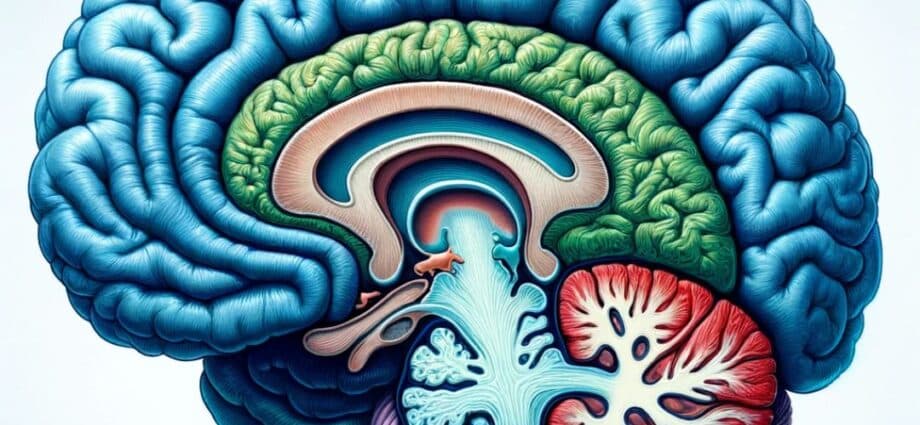Unleashing Change = Combining The Triune Brain and the Power of Meditation. Change is a multifaceted journey that engages not just one, but three remarkable components within our brains: the neocortex, the limbic brain, and the cerebellum. These interconnected regions, often referred to as the triune brain, collectively contribute to our ability to navigate and embrace transformative experiences. In this exploration, we delve into the significance of each brain area, the synergy between self-perception and external viewpoints, and the pivotal role that meditation plays in harmonizing these elements for successful change.
1. The Neocortex: Using The Thinking Brain
- Sum of Self-Perception: The neocortex, the outer layer responsible for conscious thought, language, and reasoning, shapes our self-perception. It constructs the narrative of who we are based on our experiences, beliefs, and aspirations. Recognizing that we are the sum of this self-perception lays the foundation for change.
- Meditation’s Influence: Mindfulness meditation engages the neocortex, promoting self-awareness and enhancing cognitive functions. By observing our thoughts without judgment, we create space for constructive self-reflection and the potential for transformative shifts in our self-perception.
2. The Limbic Brain: Accessing The Emotional Center
- Sum of Others’ Perception: The limbic brain, central to emotions and social behavior, holds the amalgamation of how others perceive us. Social interactions, relationships, and feedback contribute to the emotional tapestry that influences our self-concept.
- Meditation’s Influence: Meditation, particularly loving-kindness meditation, activates the limbic system, fostering emotional intelligence and empathy. This emotional awareness allows us to navigate relationships more harmoniously and positively influence external perceptions of ourselves.
3. The Cerebellum: Activating The Motor Brain
- Sum of Actions: The cerebellum, often associated with movement and coordination, represents the sum of our actions. It reflects our habits, routines, and the tangible outcomes of our daily choices.
- Meditation’s Influence: Mindful movement practices, such as yoga or walking meditation, engage the cerebellum. By integrating mindful awareness into our physical actions, we cultivate intentional living and empower ourselves to make conscious choices aligned with our desired changes.
The Symbiotic Dance of Change
- Successful change arises from the intricate dance between these three brains. The neocortex sets the vision, the limbic brain infuses it with emotion and social resonance, and the cerebellum orchestrates the practical steps toward transformation.
Meditation as the Conductor:
- Meditation serves as the conductor in this symphony of change. Its holistic impact on the triune brain facilitates a unified approach to transformation. Through regular meditation practice, we create a harmonious environment for the neocortex, limbic brain, and cerebellum to collaborate seamlessly.
- Neocortex: Enhanced cognitive functions and self-awareness.
- Limbic Brain: Emotional intelligence and empathetic connections.
- Cerebellum: Mindful movement and intentional action.
Unleashing change involves acknowledging and aligning the triune brain’s capacities. By understanding the sum of our self-perception, others’ perception, and our actions, and leveraging meditation’s transformative power, we embark on a journey of holistic change—one that resonates deeply within and radiates outward. Through this synergy, we become architects of our own evolution, sculpting a reality that harmonizes with our truest selves.
Yoga and Brain Longevity 2024
The Healing Power of Yoga: Rerouting Brain Pathways for Various Conditions
Discover Yoga Nidra: A Beginner’s Journey


